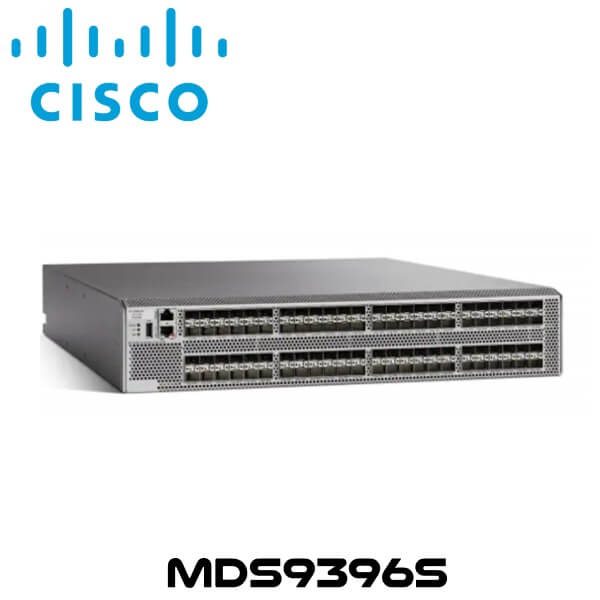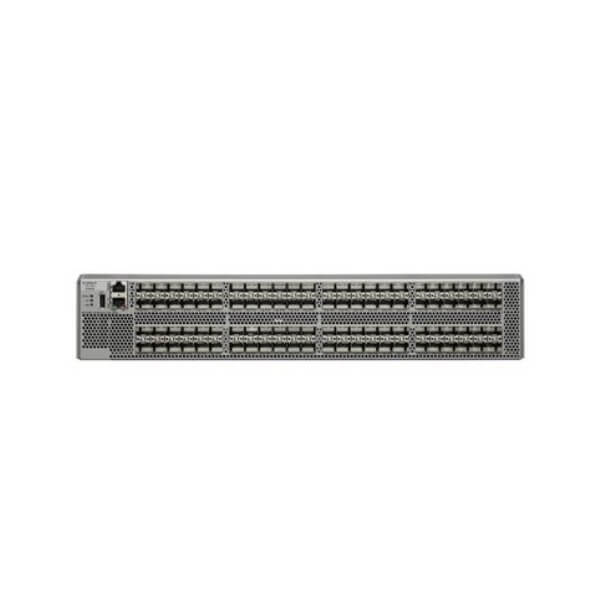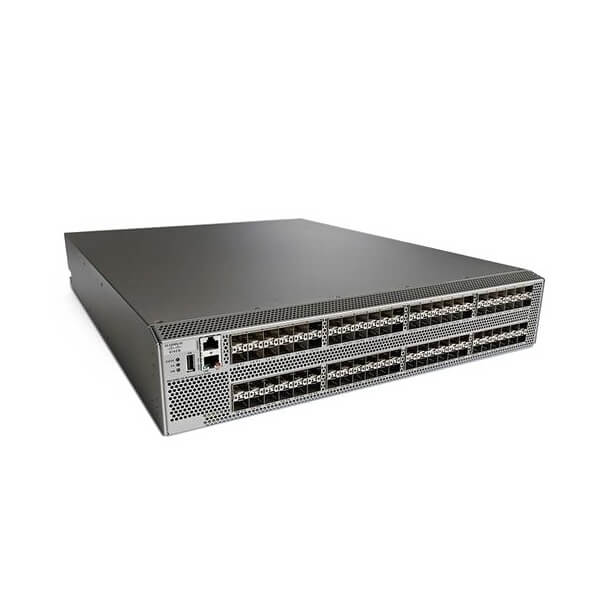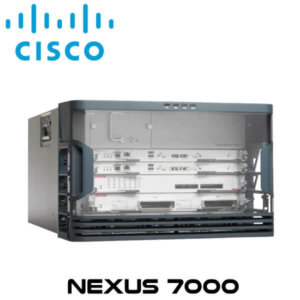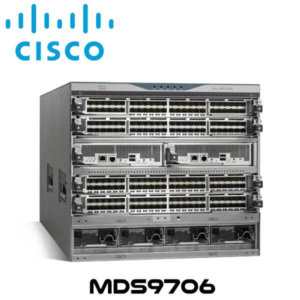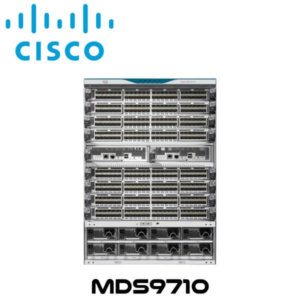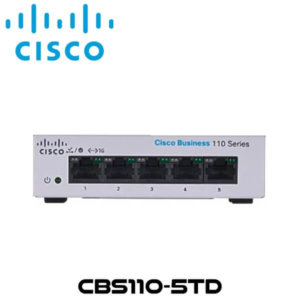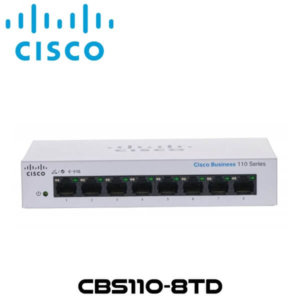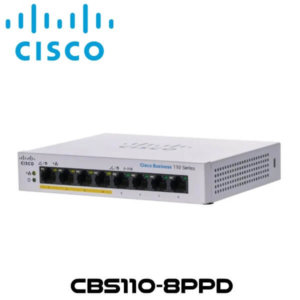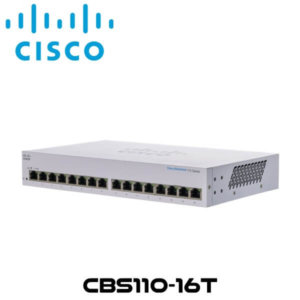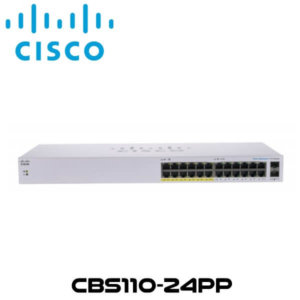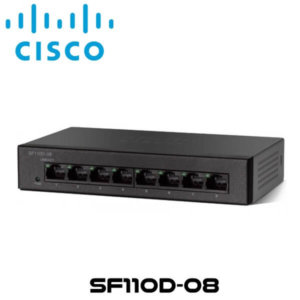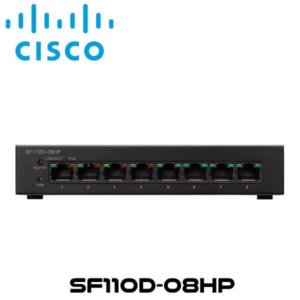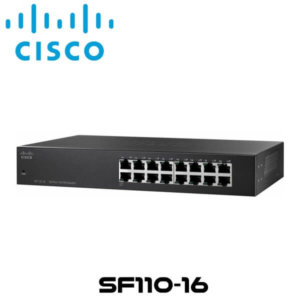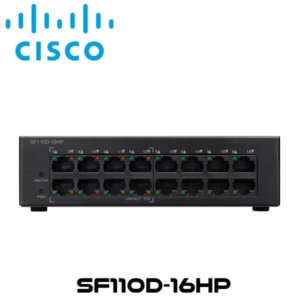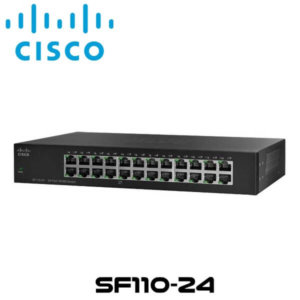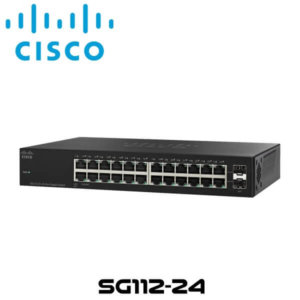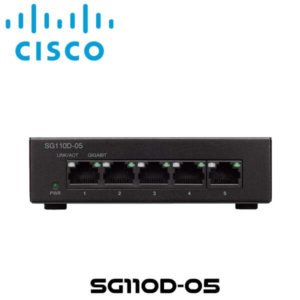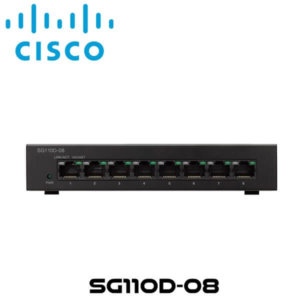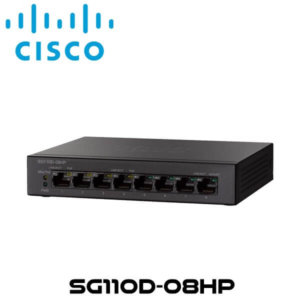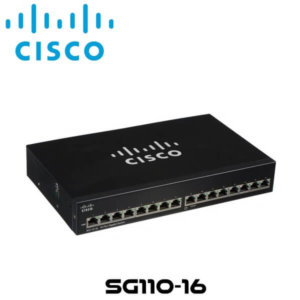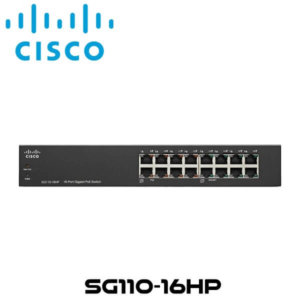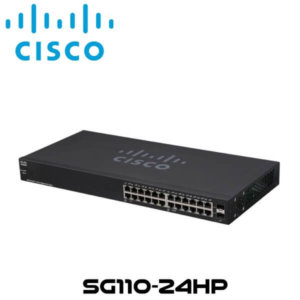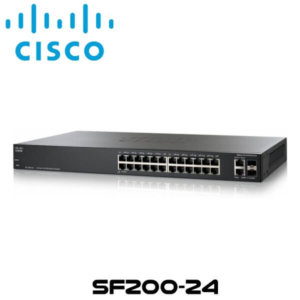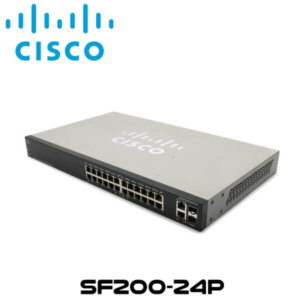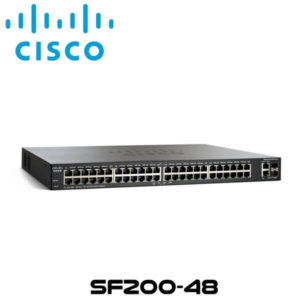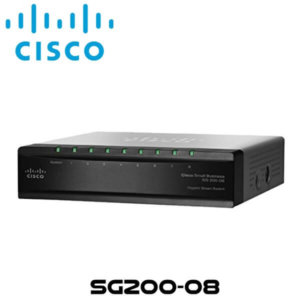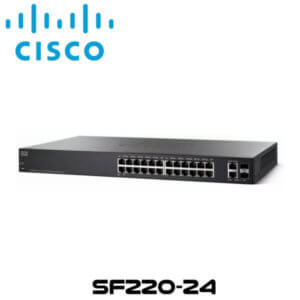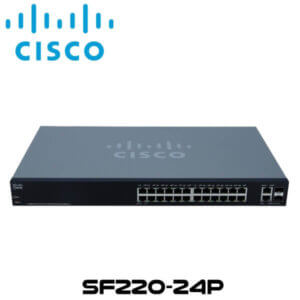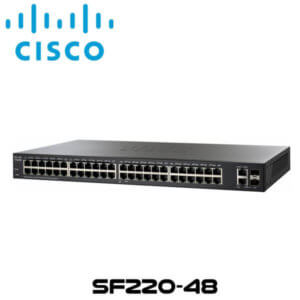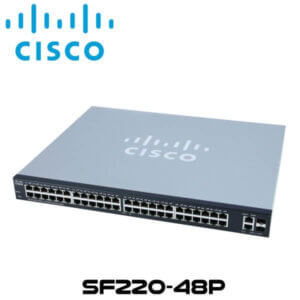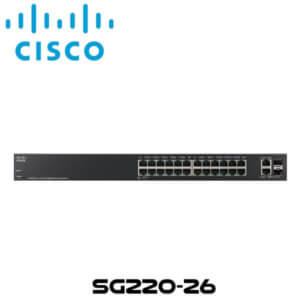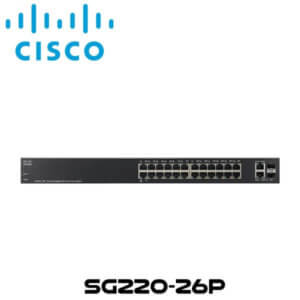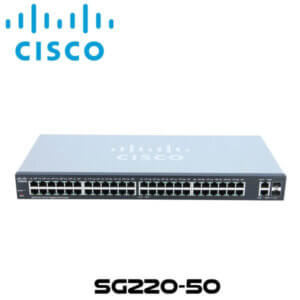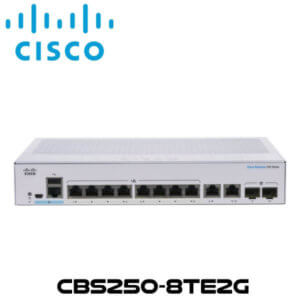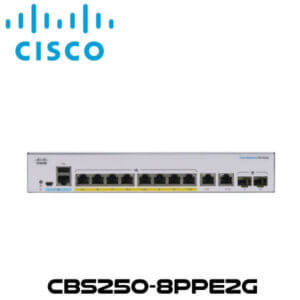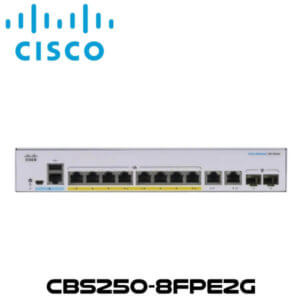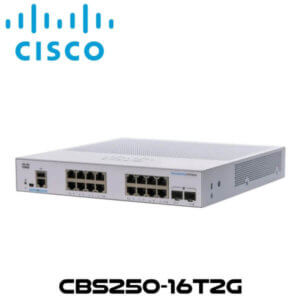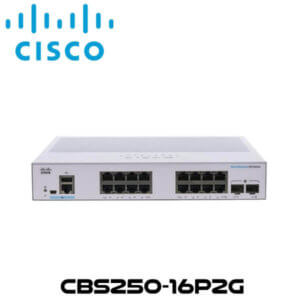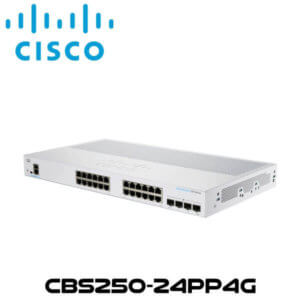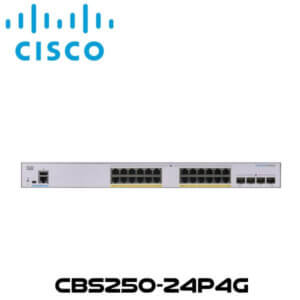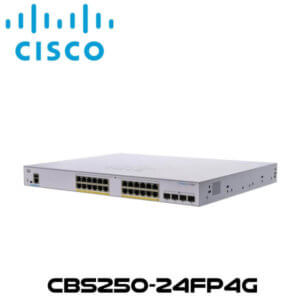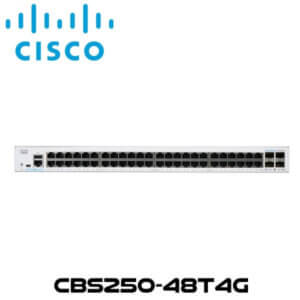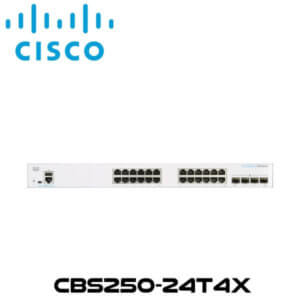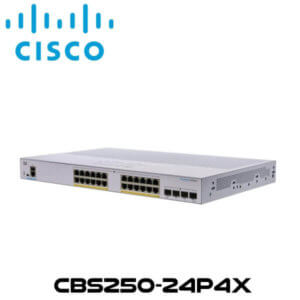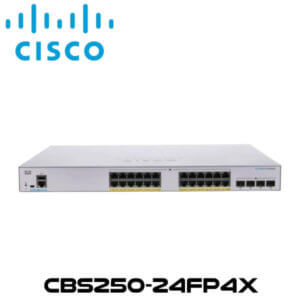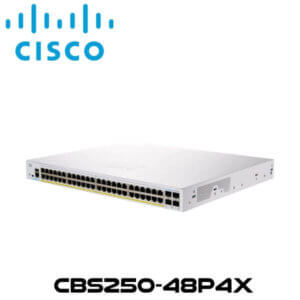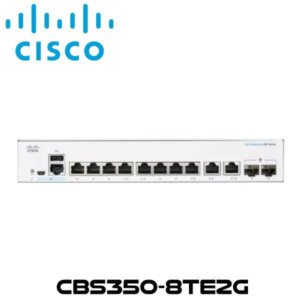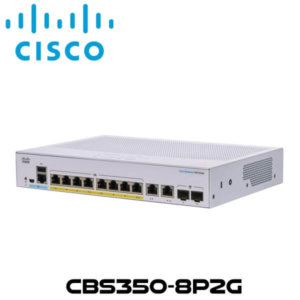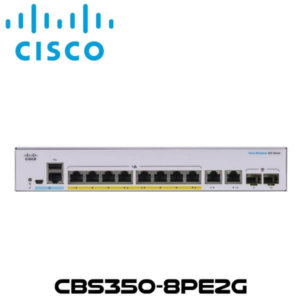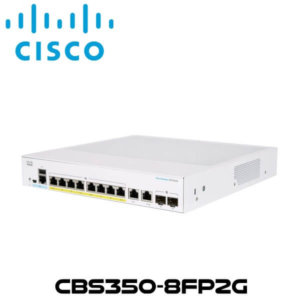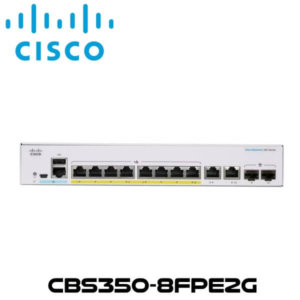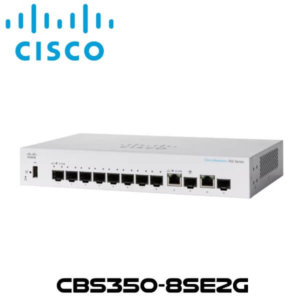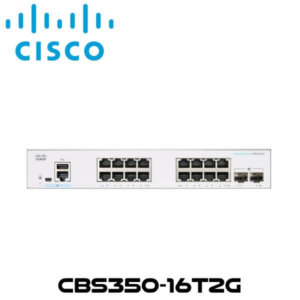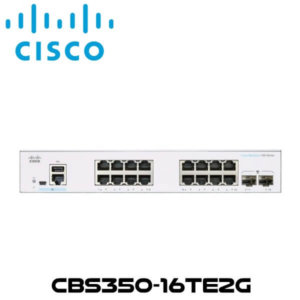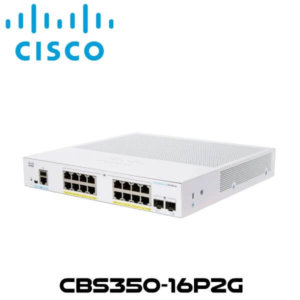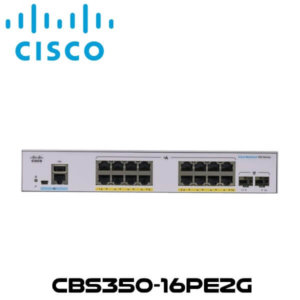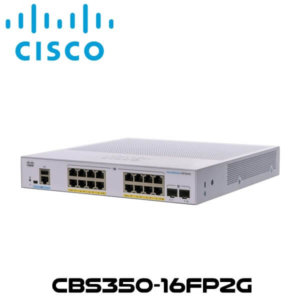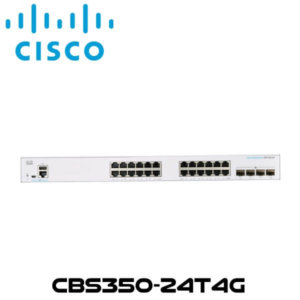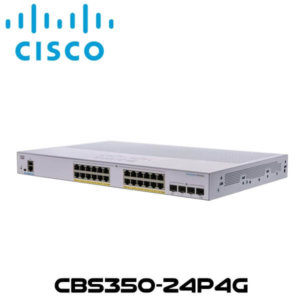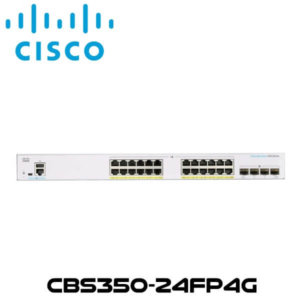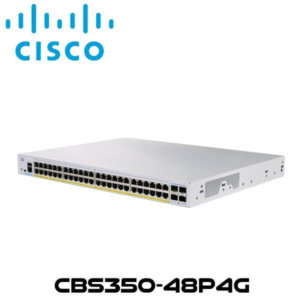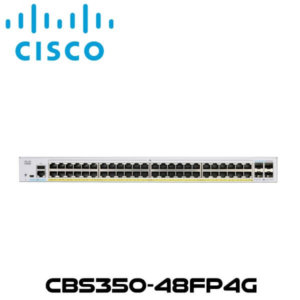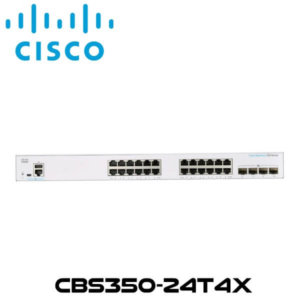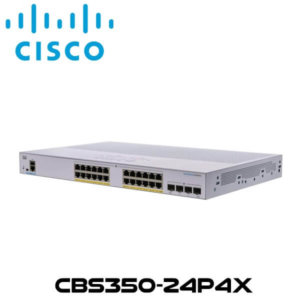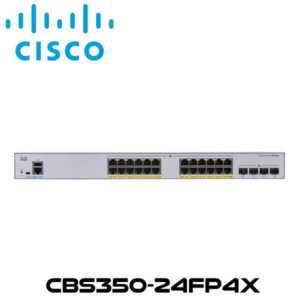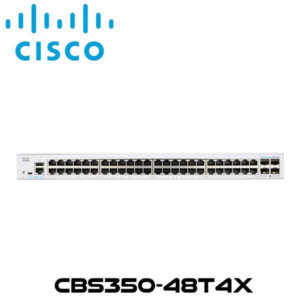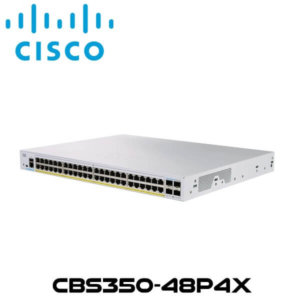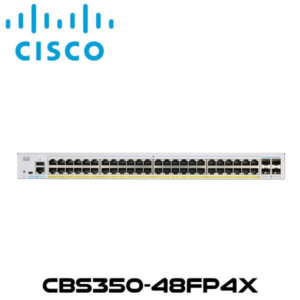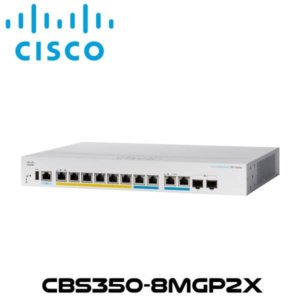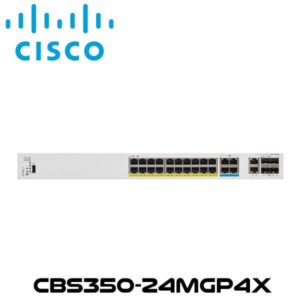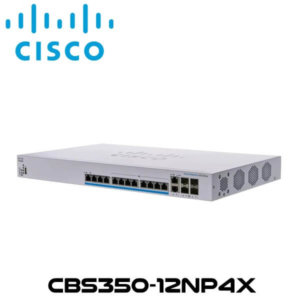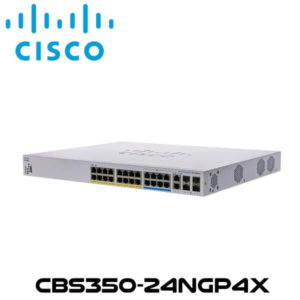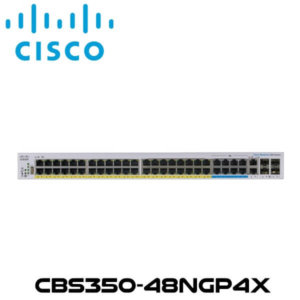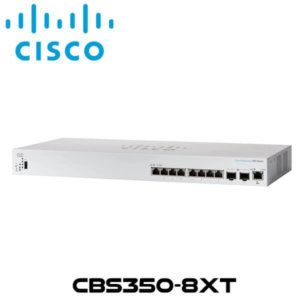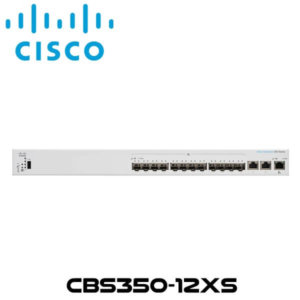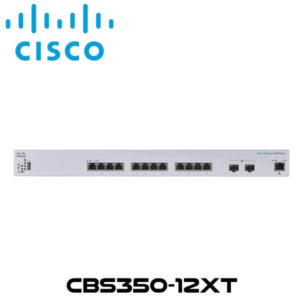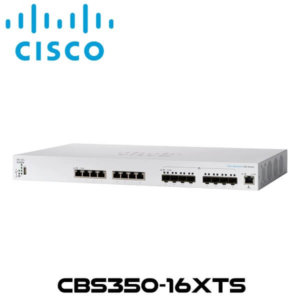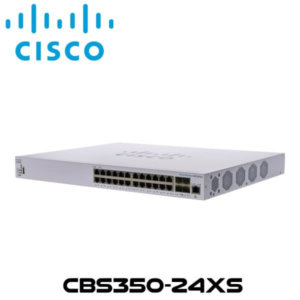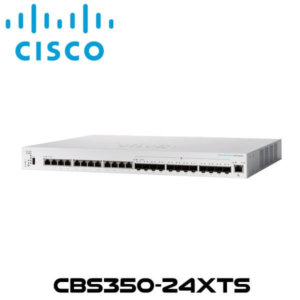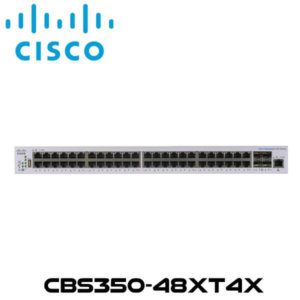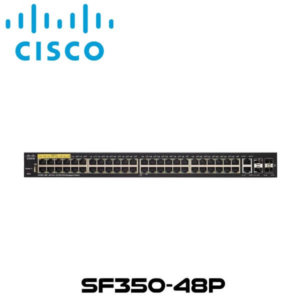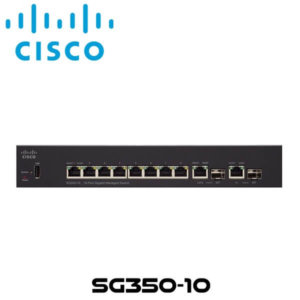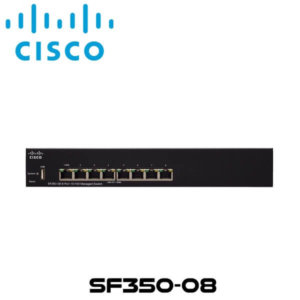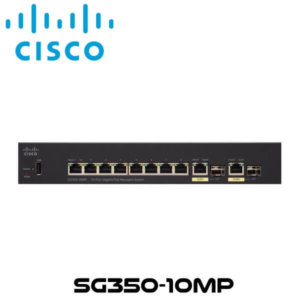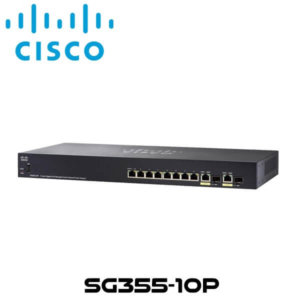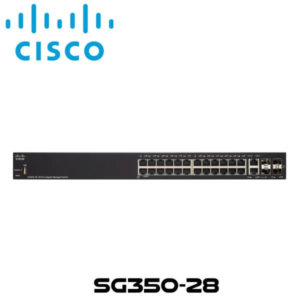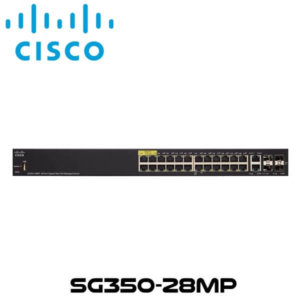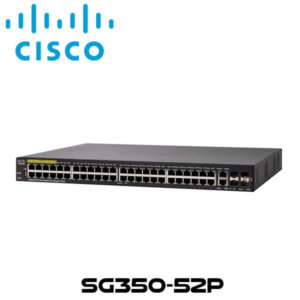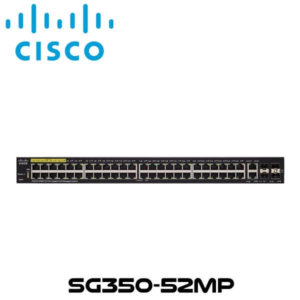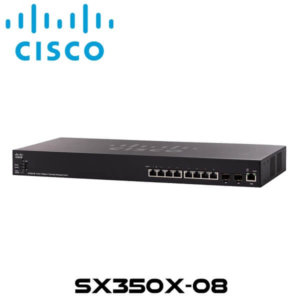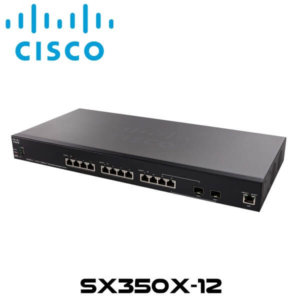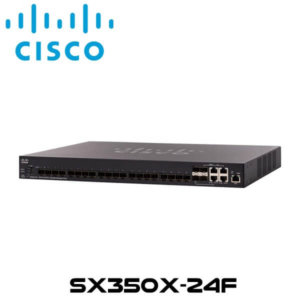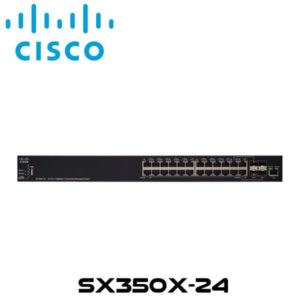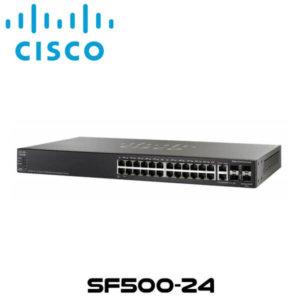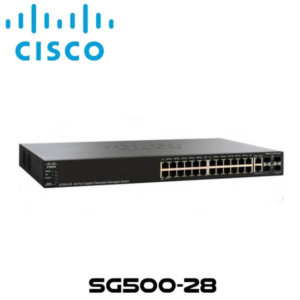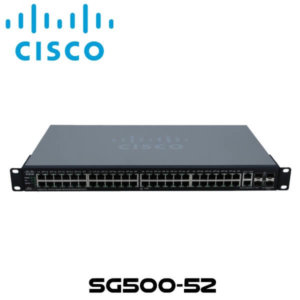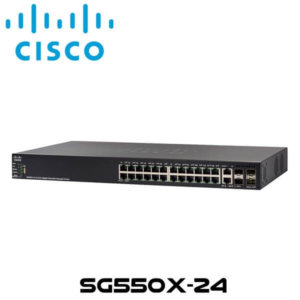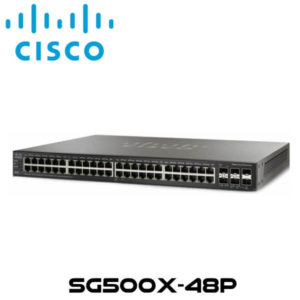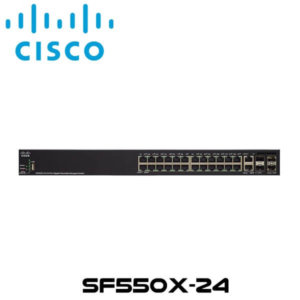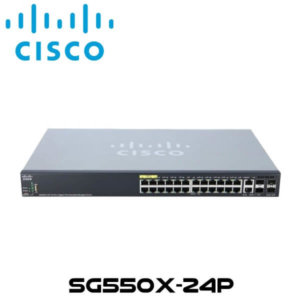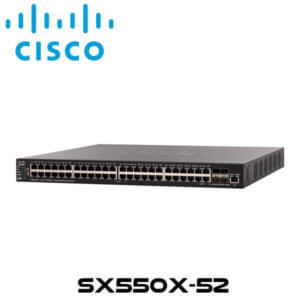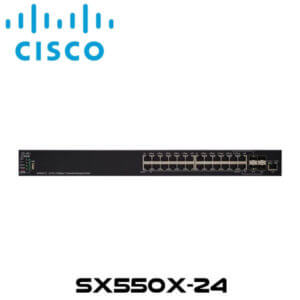Description
Cisco MDS9396S High Density Fabric Switch Kenya
The Cisco MDS9396S Kenya is 16G Multilayer Fabric Switch is the next generation of the highly reliable, flexible, and affordable. This powerful, compact, 2-rack-unit switch scales from 48 to 96 line-rate 16-Gbps Fiber Channel ports in 12 port increments. The Cisco MDS 9396S Kenya offers enterprise-class features at affordable price. The Cisco MDS9396S Kenya is powered by Cisco NX-OS Software and Cisco Prime Data Center Network Manager (DCNM) software. It delivers advanced storage networking features and functions with ease of management and compatibility with the entire Cisco MDS 9000 Family portfolio for reliable end-to-end connectivity.
Features
- A standalone SAN in large departmental storage environments
- A middle-of-row or top-of-rack switch in medium-sized redundant fabrics
- An edge switch in enterprise data center core-edge topologies
High Performance and Flexibility at Lower Cost
Up to 96 autosensing Fiber Channel ports are capable of speeds of 2, 4, 8, 10, and 16 Gbps, with 16 Gbps of dedicated bandwidth for each port. The base switch model comes with 48 or 96 ports enabled. The 48-port base model can be upgraded as needed with the 12-port Cisco MDS9396S Kenya On-Demand Port Activation license to also support configurations of 60, 72, 84, and 96 enabled ports. Only the Cisco MDS 9396S scales from 48 to 96 high-performance Fiber Channel ports in a 2RU compact form factor. The Cisco MDS9396S Kenya switch is a high-end fabric switch. It offers more buffer-to-buffer credits than the previous generation fabric switches and also supports a much greater number of VSANs, making it an excellent choice for standalone small and midsize business (SMB) Fiber Channel networks. The 16-Gbps Cisco MDS9396S Kenya is the first generation of NVMe over Fiber Channel ready 2RU switches1. When deployed as an N-Port virtualization (NPV) node or as an N-Port ID Virtualization (NPIV) core connecting legacy Fiber channel switches or multi-protocol Nexus NPV switches, it provides a flexible and scalable option for host connectivity.
High-Availability Platform for Mission-Critical Deployments
In environments in which downtime is intolerable, the Cisco MDS9396S Kenya offers In-Service Software Upgrades (ISSU). With this feature, Cisco NX-OS Software can be upgraded while the Fiber Channel ports carry traffic. The Cisco MDS9396S Kenya includes dual redundant hot-swappable power supplies and fan trays, PortChannels for Inter-Switch Link (ISL) resiliency, and F-port channeling for resiliency on uplinks from a Cisco MDS 9396S operating in N-Port Virtualization (NPV) mode. New hardware-based slow-port detection and recovery provide enhanced performance and monitoring capabilities.
Simplified Storage Management with Sophisticated Diagnostics
The Cisco MDS9396S Kenya offers built-in storage network management and SAN plug-and-play capabilities. All features are available through a Command-Line Interface (CLI) or Cisco Prime DCNM for SAN Essentials Edition, a centralized management tool. Cisco DCNM task-based wizards simplify management of single or multiple switches and fabrics. For virtual infrastructure, it manages the entire path : from the virtual machine and switch to the physical storage. Cisco MDS9396S Kenya also supports Power On Auto Provisioning (POAP) to automate software image upgrades and configuration file installation on newly deployed switches. Additionally, it provides intelligent diagnostics, protocol decoding, network analysis tools, and Cisco Call Home for added reliability, faster problem resolution, and reduced service costs.
Intelligent Network Services and Advanced Traffic Management
The Cisco MDS9396S Kenya uses virtual SAN (VSAN) technology for hardware-enforced, isolated environments within a physical fabric. It offers Access Control Lists (ACLs) for hardware-based, intelligent frame processing. Advanced traffic management features, such as fabricwide quality of service (QoS) and Inter-VSAN Routing (IVR), are included in the optional Cisco MDS 9000 Family Enterprise Package. QoS prioritizes application data traffic for better and more predictable network service. Zone-based QoS simplifies configuration and administration by using the familiar zoning concept. IVR facilitates resource sharing across VSANs without compromising scalability, reliability, availability, or network security.
Comprehensive Network Security Framework
An extensive set of innovative and powerful security features and functions is available with the optional Cisco MDS 9000 Family Enterprise Package. It offers fabricwide, per-VSAN role-based authentication, authorization, and accounting (AAA) services using RADIUS, Lightweight Directory Access Protocol (LDAP), Microsoft Active Directory (AD), and TACACS+. It also deploys VSAN fabric isolation, intelligent port-level packet inspection, Fiber Channel Security Protocol (FC-SP) host-to-switch and switch-to-switch authentication, Cisco Trustsec Link encryption, Secure File Transfer Protocol (SFTP), Secure Shell Version 2 (SSHv2), and Simple Network Management Protocol Version 3 (SNMPv3) implementing Advanced Encryption Standard (AES). Other security features include control-plane security, hardware-enforced zoning and management access.
Specifications
| Item |
Specification |
| Protocols |
- FC-PH, Revision 4.3 (ANSI INCITS 230-1994)
- FC-PH, Amendment 1 (ANSI INCITS 230-1994/AM1-1996)
- FC-PH, Amendment 2 (ANSI INCITS 230-1994/AM2-1999)
- FC-PH-2, Revision 7.4 (ANSI INCITS 297-1997)
- FC-PH-3, Revision 9.4 (ANSI INCITS 303-1998)
- FC-PI, Revision 13 (ANSI INCITS 352-2002)
- FC-PI-2, Revision 10 (ANSI INCITS 404-2006)
- FC-PI-3, Revision 4 (ANSI INCITS 460-2011)
- FC-PI-4, Revision 8 (ANSI INCITS 450-2008)
- FC-PI-5, Revision 6 (ANSI INCITS 479-2011)
- FC-FS, Revision 1.9 (ANSI INCITS 373-2003)
- FC-FS-2, Revision 1.01 (ANSI INCITS 424-2007)
- FC-FS-2, Amendment 1 (ANSI INCITS 424-2007/AM1-2007)
- FC-FS-3, Revision 1.11 (ANSI INCITS 470-2011)
- FC-FS-4, Revision 1.10
- FC-LS, Revision 1.62 (ANSI INCITS 433-2007)
- FC-LS-2, Revision 2.21 (ANSI INCITS 477-2011)
- FC-LS-3, Revision 3.10
- FC-SW-2, Revision 5.3 (ANSI INCITS 355-2001)
- FC-SW-3, Revision 6.6 (ANSI INCITS 384-2004)
- FC-SW-4, Revision 7.5 (ANSI INCITS 418-2006)
- FC-SW-5, Revision 8.5 (ANSI INCITS 461-2010)
- FC-SW-6, Revision 1.8
- FC-GS-3, Revision 7.01 (ANSI INCITS 348-2001)
- FC-GS-4, Revision 7.91 (ANSI INCITS 387-2004)
- FC-GS-7, Revision 10.3
- FCP, Revision 12 (ANSI INCITS 269-1996)
- FCP-2, Revision 8 (ANSI INCITS 350-2003)
- FCP-3, Revision 4 (ANSI INCITS 416-2006)
- FCP-4, Revision 2b (ANSI INCITS 481-2011)
- FC-SB-2, Revision 2.1 (ANSI INCITS 349-2001)
- FC-SB-3, Revision 1.6 (ANSI INCITS 374-2003)
- FC-SB-3, Amendment 1 (ANSI INCITS 374-2003/AM1-2007)
- FC-SB-4, Revision 3.0 (ANSI INCITS 466-2011)
- FC-SB-5, Revision 2.00 (ANSI INCITS 485-2014)
- FC-BB-2, Revision 6.0 (ANSI INCITS 372-2003)
- FC-BB-3, Revision 6.8 (ANSI INCITS 414-2006)
- FC-BB-4, Revision 2.7 (ANSI INCITS 419-2008)
- FC-BB-5, Revision 2.0 (ANSI INCITS 462-2010)
- FC-BB-6, Revision 2.00 (ANSI INCITS 509-2014)
- FC-VI, Revision 1.84 (ANSI INCITS 357-2002)
- FC-SP, Revision 1.8 (ANSI INCITS 426-2007)
- FC-SP-2, Revision 2.71 (ANSI INCITS 496-2012)
- FC-SP-2, Amendment 1 (ANSI INCITS 496-2012/AM1-2014)
- FAIS, Revision 1.03 (ANSI INCITS 432-2007)
- FAIS-2, Revision 2.23 (ANSI INCITS 449-2008)
- FC-IFR, Revision 1.06 (ANSI INCITS 475-2011)
- FC-FLA, Revision 2.7 (INCITS TR-20-1998)
- FC-PLDA, Revision 2.1 (INCITS TR-19-1998)
- FC-Tape, Revision 1.17 (INCITS TR-24-1999)
- FC-MI, Revision 1.92 (INCITS TR-30-2002)
- FC-MI-2, Revision 2.6 (INCITS TR-39-2005)
- FC-MI-3, Revision 1.03 (INCITS TR-48-2012)
- FC-DA, Revision 3.1 (INCITS TR-36-2004)
- FC-DA-2, Revision 1.06 (INCITS TR-49-2012)
- FC-MSQS, Revision 3.2 (INCITS TR-46-2011)
- Fiber Channel classes of service : Class 2, Class 3, and Class F
- Fiber Channel standard port types : E, F and FL
- Fiber Channel enhanced port types : SD, ST, and TE
- FC-NVMe
- In-band management using IP over Fiber Channel (RFC 2625)
- IPv6, IPv4, and Address Resolution Protocol (ARP) over Fiber Channel (RFC 4338)
- Extensive IETF-standards-based TCP/IP, SNMPv3, and remote monitoring (RMON) MIBs
- FC-AL, Revision 4.5 (ANSI/INCITS 272-1996) #
- FC-AL-2, Revision 7.0 (ANSI/INCITS 332-1999) #
- FC-AL-2, Amendment 1 (ANSI/INCITS 332-1999/AM1-2003) #
- FC-AL-2, Amendment 2 (ANSI/INCITS 332-1999/AM2-2006) #
|
| Ports |
- Available in a 48-port or 96-port base configuration
- Enable incremental ports on the 48-port base model, with the 12-port On-Demand Activation license
|
| Security |
- VSAN fabric isolation
- Hardware zoning by Access Control Lists (ACLs)
- Fiber Channel Security Protocol (FC-SP) switch-to-switch authentication
- FC-SP host-to-switch authentication
- Role-based access control (RBAC) using RADIUS, TACACS+, or Lightweight Directory Access Protocol (LDAP) Authentication, Authorization, and Accounting (AAA) functions
- Secure FTP (SFTP)
- Secure Shell Protocol Version 2 (SSHv2)
- Simple Network Management Protocol Version 3 (SNMPv3) implementing Advanced Encryption Standard (AES)
- Control-plane security
- Cisco TrustSec payload encryption
|
| Performance |
- Port speed : 2/4/8/10/16-Gbps autosensing with 16-Gbps of dedicated bandwidth per port
- Buffer credits : Up to 500 per port without Enterprise license and up to 4095 per port with optional Enterprise license
- PortChannel : Up to 16 physical links
|
| Reliability and availability |
- ISSU
- Hot-swappable, dual redundant power supplies
- Hot-swappable fan tray with integrated temperature and power management
- Hot-swappable Enhanced Small Form-Factor Pluggable (SFP+) optics
- Passive backplane
- Stateful process restart
- Any port configuration for PortChannels
- Fabric-based multipathing
- Per-VSAN fabric services
- Port tracking
- Virtual Router Redundancy Protocol (VRRP) for management connections
- Online diagnostics
|
| Network management |
- Access methods
- Out-of-band 10/100/1000 Ethernet port
- RS-232 serial console port
- USB
- Access protocols
- CLI using the console and Ethernet ports
- SNMPv3 using the Ethernet port and in-band IP over Fiber Channel access
- Storage Networking Industry Association (SNIA) Storage Management Initiative Specification (SMI-S)
- Distributed device alias service
- Network security
- Per-VSAN role-based access control (RBAC) using RADIUS and TACACS+-based AAA functions
- SFTP
- SSHv2 implementing AES
- SNMPv3 implementing AES
- Management applications
- Cisco MDS 9000 Family CLI
- Cisco Prime DCNM
|
| Programming interfaces |
- Scriptable CLI
- Cisco Prime DCNM web services API
|
| Physical dimensions |
- Dimensions (H x W x D) : 3.4 x 17.42 x 22.28 in. (8.64 x 44.25 x 56.59 cm), 2RU
- Rack-mountable in standard 19-inch Electronic Industries Alliance [EIA] rack
- Weight of fully configured chassis : 39.24 lb (17.8 kg)
|
| Power |
- Power Supplies supported on this switch are 80 PLUS Platinum Certified
- Power supply : 1200W with 180 to 264V AC input; and 800W with 90 to 180V AC input (2 per switch)
- Power supply : Power grid redundancy (1+1) with 180 to 264V AC input only
- Power cord : Notched C15 socket connector connecting to C16 plug on power supply
- AC input : 100 to 240V AC (10% range)
- Frequency : 50 to 60 Hz (nominal)
- Maximum power consumption
- 700W (on base model configuration running 16-Gbps 100% traffic load at 25 °C)
- 800W (on fully populated configuration running 16-Gbps 100% traffic load at 25 °C)
- Airflow : Port-side exhaust (air flows from back to front) and Port-side intake (air flows from front to back)
- Airflow
- Maximum 255 cubic feet per minute (CFM)
- Nominal 110 CFM
Cisco recommends maintaining a minimum air space of 2.5 in. (6.4 cm) between walls and chassis air vents, and a minimum horizontal separation of 6 in. (15.2 cm) between 2 chassis to prevent overheating |
| Temperature range |
- Temperature, ambient operating : 32 to 104°F (0 to 40°C)
- Temperature, ambient non-operating and storage : -40 to 158°F (-40 to 70°C)
- Relative humidity, ambient (non-condensing) operating : 10 to 90%
- Relative humidity, ambient (non-condensing) non-operating and storage : 10 to 95%
- Altitude, operating : -197 to 6500 ft (-60 to 2000m)
|
| Approvals and compliance |
Safety compliance
- CE Marking
- UL 60950
- CAN/CSA-C22.2 No. 60950
- EN 60950
- IEC 60950
- TS 001
- AS/NZS 3260
- IEC60825
- EN60825
- 21 CFR 1040
EMC compliance
- FCC Part 15 (CFR 47) Class A
- ICES-003 Class A
- EN 55022 Class A
- CISPR 22 Class A
- AS/NZS 3548 Class A
- VCCI Class A
- EN 55024
- EN 50082-1
- EN 61000-6-1
- EN 61000-3-2
- EN 61000-3-3
|
| Fabric services |
- Name server
- Registered State Change Notification (RSCN)
- Login services
- Fabric Configuration Server (FCS)
- Public loop
- Broadcast
- In-order delivery
|
| Advanced functions |
- VSAN
- IVR
- NPV
- PortChannel with multipath load balancing
- Flow-based and zone-based QoS
|



